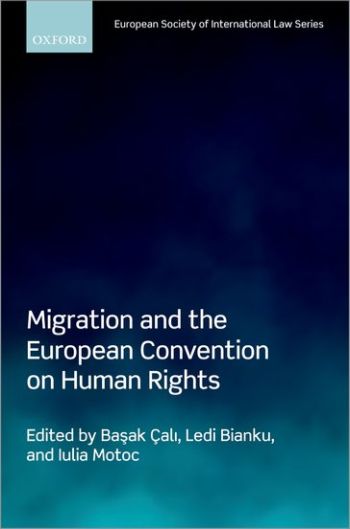
This edited collection investigates where the European Convention on Human Rights as a living instrument stands on migration and the rights of migrants.
Chapters in the volume address how the tension between the textual silence of the Convention concerning migrant rights, and the significant number of cases that the European Court of Human Rights has addressed concerning migration, is resolved or left to the discretion of European states. This book offers a comprehensive analysis of cases brought by migrants in different stages of migration, covering the right to flee, who is entitled to enter and remain Europe, and what treatment is owed to them when they come within the jurisdiction of a Council of Europe member state. As such, the book evaluates the case law of the European Court of Human Rights concerning different categories of migrants including asylum seekers, irregular migrants, those who have migrated through domestic lawful routes, and those who are currently second or third generation migrants in Europe.
The broad perspective adopted by the book allows for a systematic analysis of how and to what extent the Convention protects non-refoulement, migrant children, family rights of migrants, status rights of migrants, economic and social rights of migrants, as well as the cultural and religious rights of migrants.